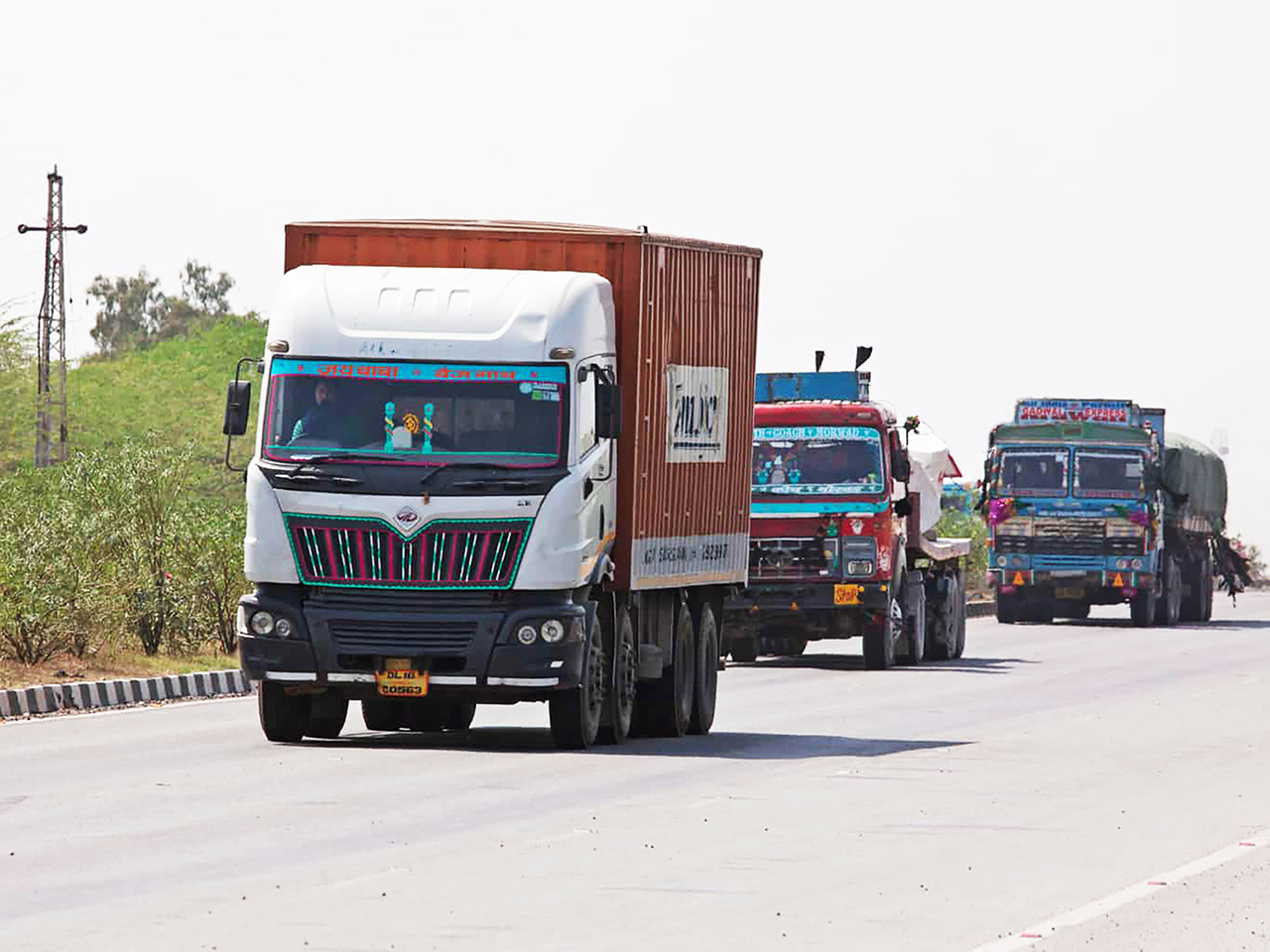Operating margin on the road to expansion as input-cost inflation decelerates
Commercial vehicle (CV) sales volume are tipped to grow by 18-23% this fiscal, with the third wave of the Covid-19 pandemic not expected to materially impact the ongoing recovery. The industry is poised to sustain the double-digit volume growth next fiscal also on continuing economic recovery and infrastructure spending.

Operating margin, which is expected to be flat this fiscal because of a material increase in raw material prices, will expand sharply in the next. The consequent higher absolute profits, in turn, will drive an improvement in the credit metrics of CV manufacturers. Their balance sheets also remain robust, a CRISIL study of three CV makers, which account for about three-fourths of industry revenue, indicates.
Says Pushan Sharma, Associate Director, CRISIL Research: “Sales volume of medium & heavy commercial vehicles (MHCVs) is expected to grow 37-42% this fiscal because of strong demand from the infrastructure segments such as construction, roads, mining, steel and cement. Volume in light commercial vehicles (LCVs) is expected to rise 9-14% on higher demand for last-mile connectivity from sectors such as FMCG and e- commerce – but will be partly offset by supply constraints amid the semiconductor shortage. Next fiscal should see sustained growth of 13-18% in CV demand because of improved industrial activity and the government’s thrust on infrastructure. But volume, despite high double-digit growth this fiscal and the next, will still be below fiscal 2019 levels.”
Apart from higher volume, multiple price hikes – cumulatively over 5% – and increasing share of higher-value MHCVs would mean revenue growth outpacing volume growth this fiscal. The trend is expected to continue next fiscal.
Says Naveen Vaidyanathan, Director, CRISIL Ratings: “The higher revenue growth would be accompanied by flat operating margin of 4-5% this fiscal because of the surge in raw material prices, particularly steel and iron, which together account for about half of the total raw material cost. However, next fiscal, operating margin should rise a healthy 300 basis points to 7-8% due to higher volume and easier input prices.”
An improvement in absolute profit would drive an uptick in credit metrics. Interest cover is seen increasing from the low of 1.4x in fiscal 2021 to a moderate 2x this fiscal and a healthy 4.2x next fiscal. Liquidity is ample, and gearing is seen modest at ~0.8x and ~0.6x as of March 2022 and March 2023, respectively.
After peaking in fiscal 2019, CV volume had fallen sharply by ~29% and ~21% in fiscals 2020 and 2021, respectively, as the easing of axle norms, high fuel prices, economic contraction, and mobility restrictions due to the pandemic dented demand significantly.
While this fiscal began with the second wave of the pandemic, CV demand recovered on a low base, growing 28% in the first ten months of this fiscal. MHCV and LCV sales rebounded with the economy because of demand from infrastructure-related sectors and e-commerce. Improved profitability of fleet operators, with freight rates outpacing diesel price increase by December 2021, compared with April 2021, also helped.
Demand in the seasonally strong fourth quarter is expected to be healthy, too, supported by continued economic activity with limited lockdowns despite the third, or omicron, wave of the pandemic.
Volume, however, is expected to be flattish on-year, as last fiscal’s comparable quarter saw a surge because of both, strong demand and CV makers pushing wholesale volume owing to low inventory at dealerships.
In the road ahead, the pace of economic recovery and risks from further waves of the pandemic would bear watching.